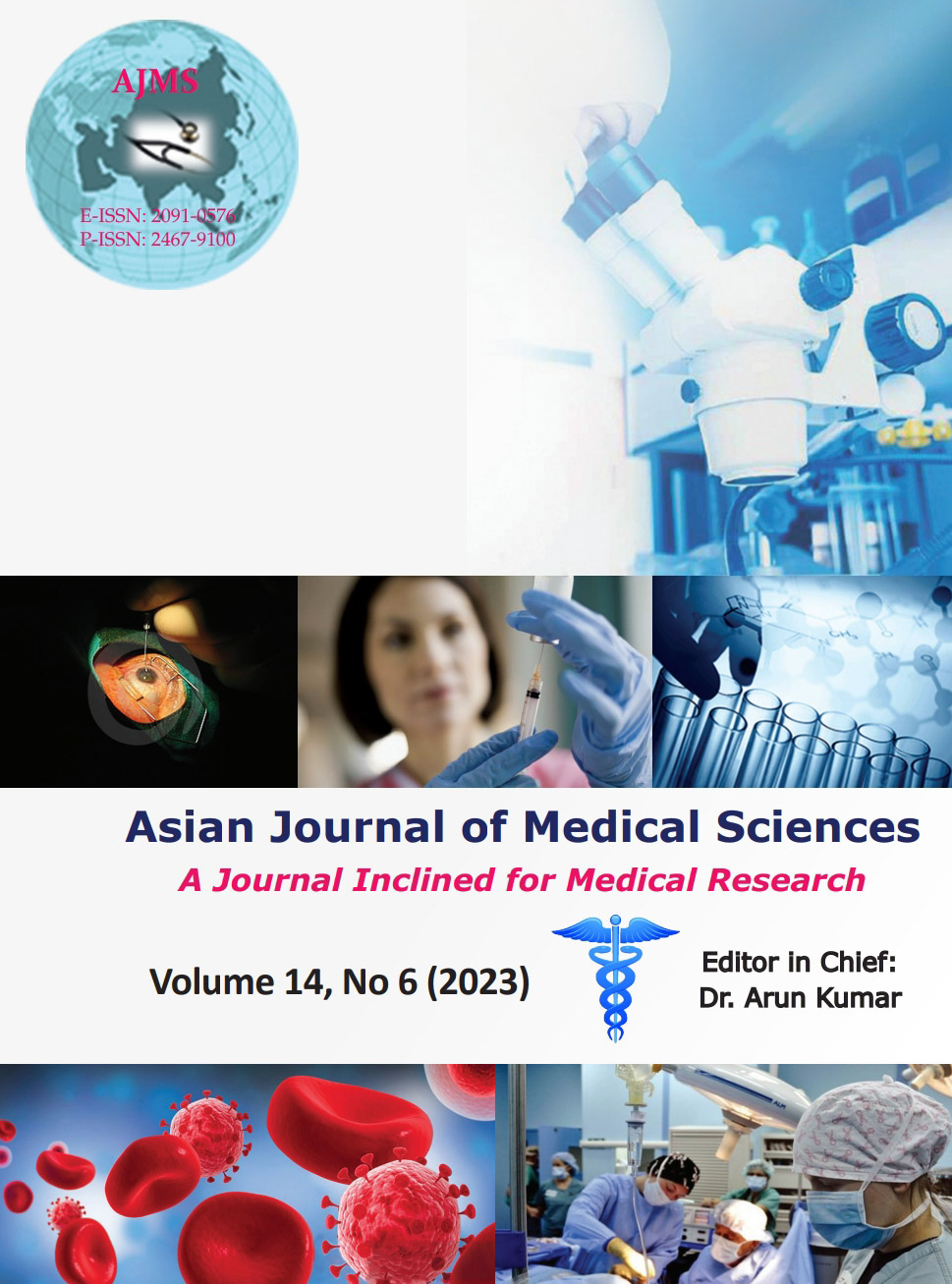A comparative study of the efficacy of intravenous paracetamol and dexmedetomidine alone and in combination on perioperative hemodynamics and post-operative analgesia for patients undergoing laparoscopic cholecystectomy under general anesthesia
Keywords:
Dexmedetomidine, Paracetamol, Multimodal analgesia, Laproscopic CholecystectomyAbstract
Background: With increase in incidence of gallbladder stone disease, the laparoscopic cholecystectomy is most preferred surgical technique. Laryngoscopy and peritoneal gas insufflation leads to hemodynamic stress response and pain during and after the procedure. Multimodal analgesia is recommended to reduce the stress response and prevent the post laparoscopic pain. Intravenous paracetamol and intravenous dexmedetomidine are both effective components in respect of multimodal analgesia.
Aims and Objectives: The aim of this study was to compare and evaluate the effects of intravenous paracetamol and dexmedetomidine alone and in combination as part of multimodal analgesia on perioperative hemodynamics and post-operative analgesia.
Materials and Methods: One hundred and five patients between the of age 18–60 years posted for laparoscopic cholecystectomy were randomly assigned to three groups (n=35). Before induction patients in Group D received dexmedetomidine 0.5 μg/kg/h and patients in Group P and Group P+D received 1 g paracetamol infusion over 15 min. Intraoperatively as continuous infusion patients in Group D and Group P+D received dexmedetomidine 0.2 μg/kg/h and Group P received 0.2 mL/kg NS until the removal of gallbladder. Perioperative hemodynamic variables, postoperatively, the need for rescue analgesia and any complications or side effects were recorded, compared, and analyzed.
Results: Intraoperative hemodynamic variables were significantly higher in Group P compared to Group D and Group P+D (P<0.05). Prolonged rescue analgesia found in Group P+D (9.06±1.16 h) then Group D (5.52±1.22 h) and Group P (4.35±0.99 h), respectively, which was strongly significant among the groups (P<0.0001).
Conclusion: Our study concluded that the combination of paracetamol and dexmedetomidine maintains the better hemodynamic stability and prolonged the duration of analgesia, with the benefit of high patient satisfaction. In addition, there was significantly less post-operative bradycardia and shivering.
Downloads
Downloads
Published
Versions
- 2023-06-01 (2)
- 2023-06-01 (1)
How to Cite
Issue
Section
License
Copyright (c) 2023 Asian Journal of Medical Sciences

This work is licensed under a Creative Commons Attribution-NonCommercial 4.0 International License.
Authors who publish with this journal agree to the following terms:
- The journal holds copyright and publishes the work under a Creative Commons CC-BY-NC license that permits use, distribution and reprduction in any medium, provided the original work is properly cited and is not used for commercial purposes. The journal should be recognised as the original publisher of this work.
- Authors are able to enter into separate, additional contractual arrangements for the non-exclusive distribution of the journal's published version of the work (e.g., post it to an institutional repository or publish it in a book), with an acknowledgement of its initial publication in this journal.
- Authors are permitted and encouraged to post their work online (e.g., in institutional repositories or on their website) prior to and during the submission process, as it can lead to productive exchanges, as well as earlier and greater citation of published work (See The Effect of Open Access).




